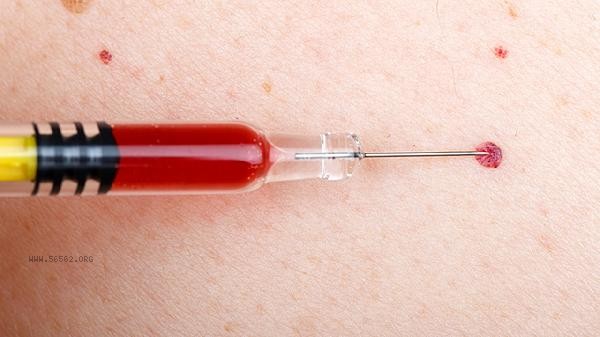A small amount of bleeding every day may be related to ovulation bleeding, endocrine disorders, gynecological inflammation, endometrial polyps, cervical lesions, and other factors. It is recommended to seek medical examination in a timely manner, clarify the cause, and receive targeted treatment.

1. Ovulation bleeding
Women may experience partial shedding of the endometrium and minor bleeding during ovulation due to a brief decrease in estrogen levels. This type of bleeding usually lasts for 2-3 days, with a small amount and light color, and may be accompanied by mild abdominal pain. This is a normal physiological phenomenon and does not require special treatment. Please pay attention to keeping the perineum clean.
2. Endocrine disorders
Long term staying up late, excessive stress, or taking emergency contraceptive pills may interfere with hormone secretion, leading to luteal insufficiency or abnormal shedding of endometrium. Manifesting as menstrual cycle disorder, intermittent bleeding, possibly accompanied by fatigue and emotional fluctuations. Diagnosis should be confirmed through six tests of sex hormones, and medication such as progesterone capsules and dexamethasone tablets can be used as prescribed.
3. Gynecological inflammation
infectious diseases such as vaginitis and cervicitis may lead to mucosal congestion and damage, causing contact bleeding. Common abnormal vaginal discharge, itching of the external genitalia, and bleeding often occur after sexual intercourse or gynecological examination. Routine vaginal discharge and TCT examination are required, and medication such as Baofukang suppository and Nifurosemide vaginal soft capsules can be used for treatment.

4. Endometrial polyps
Endometrial overgrowth can cause irregular bleeding, characterized by small but recurrent bleeding, which may be accompanied by increased menstrual flow. Abnormal echoes in the uterine cavity can be detected through ultrasound examination. After diagnosis, hysteroscopic polypectomy is required, and postoperative use of levonorgestrel ethinylestradiol tablets may be used to prevent recurrence.
5. Cervical lesions
Cervical intraepithelial neoplasia or early cervical cancer may present as intermittent small bleeding, often in the form of dark red or brown secretions. Persistent infection with high-risk HPV is the main cause, and HPV testing and colposcopy biopsy are necessary. Choose cervical conization or radical surgery based on the severity of the lesion, and regular follow-up is required after surgery.

Daily attention should be paid to recording the bleeding time, color, and accompanying symptoms, avoiding vigorous exercise and baths. Maintain a regular daily routine and supplement iron rich foods such as animal liver and spinach appropriately to prevent anemia. It is recommended to undergo a gynecological examination every 1-2 years, including ultrasound examination and cervical cancer screening. If women over 40 years old experience persistent bleeding, priority should be given to ruling out the possibility of malignant tumors.








Comments (0)
Leave a Comment
No comments yet
Be the first to share your thoughts!